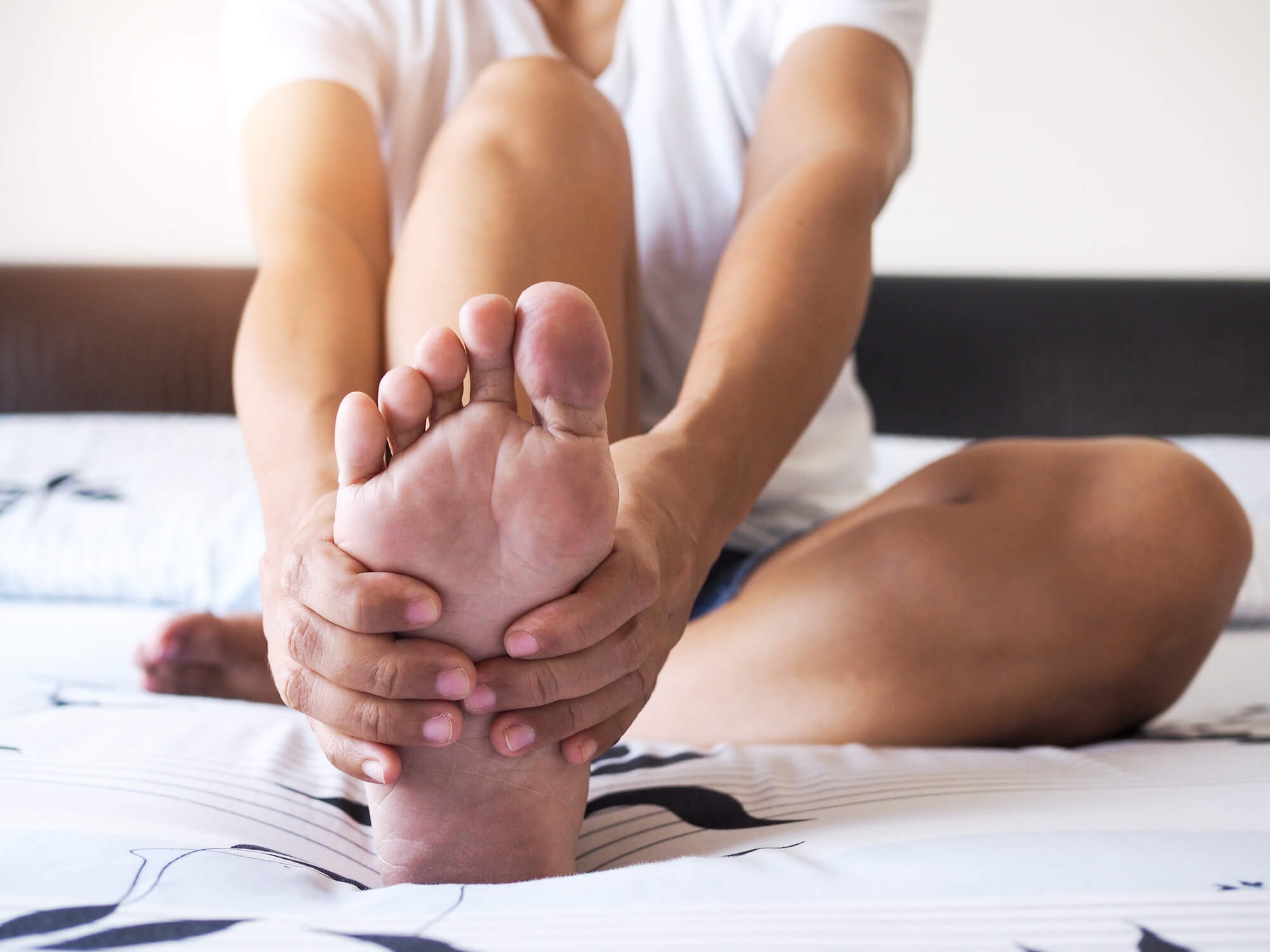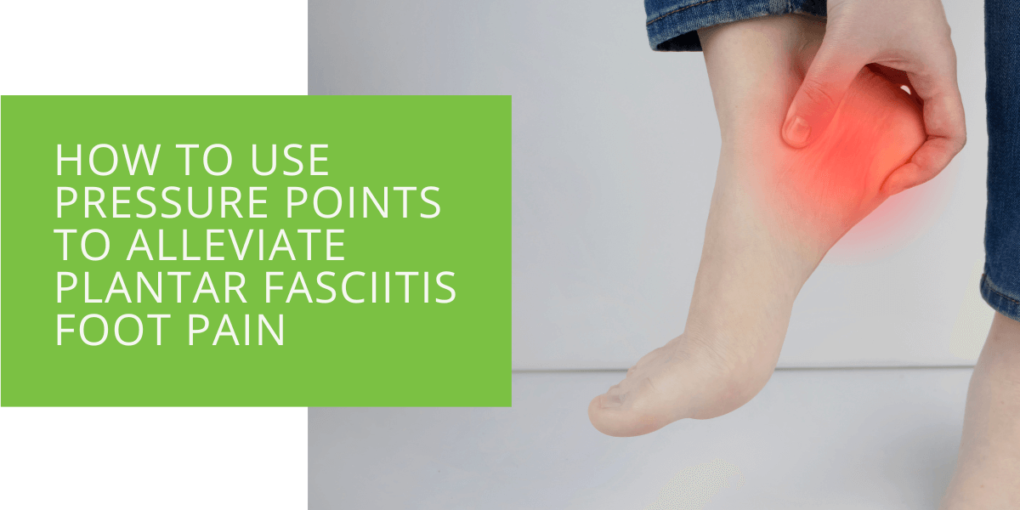How to Use Pressure Points to Alleviate Plantar Fasciitis Foot Pain
Plantar Fasciitis is a common foot condition affecting millions of people worldwide. It is caused by the inflammation of the plantar fascia, a band of tissue that runs along the bottom of the foot, connecting the heel bone to the toes. This condition can cause severe heel pain and discomfort, making standing, walking, or running difficult.
Fortunately, there are many ways to relieve the pain caused by Plantar Fasciitis, including pressure point therapy. In this article, we will explore how pressure points can help alleviate Plantar Fasciitis foot pain and provide you with techniques you can use at home to find relief.
What is Plantar Fasciitis?
Plantar Fasciitis is a condition caused by the plantar fascia's inflammation. The plantar fascia is a thick band of tissue that runs along the bottom of the foot, connecting the heel bone to the toes. This tissue supports the arch of the foot and helps absorb shock when walking or running. When this tissue becomes inflamed, it can cause severe heel pain and discomfort.
Plantar Fasciitis is often caused by overuse, especially in athletes and individuals who spend long hours standing or walking on hard surfaces. It can also be caused by other factors such as obesity, tight calf muscles, and wearing shoes with poor arch support.
Pressure Points for Plantar Fasciitis Relief
Pressure points are specific body areas that can be stimulated to relieve pain and discomfort. In Traditional Chinese Medicine, these points are known as acupressure points and are believed to be connected to the body's energy pathways, known as meridians.
Here are some key pressure points that can be stimulated to help alleviate Plantar Fasciitis pain:
Point 1: The Bubbling Spring Point
The Bubbling Spring Point is located on the sole, near the ball of the foot. To locate this point, start by placing your finger where the big and second toes meet. Move your finger about an inch toward the heel, and you should feel a slight depression. This is the Bubbling Spring Point.
Use your thumb to apply pressure to the area to stimulate this point. Hold the pressure for 10-15 seconds, and then release. Repeat this process several times, as needed.
Point 2: The Third Eye Point
The Third Eye Point is located on the top of the foot, between the first and second toes. To locate this point, run your finger along the top of your foot until you reach where the bones of the first and second toes meet. Move your finger up towards the ankle until you feel a slight depression. This is the Third Eye Point.
Use your thumb to apply pressure to the area to stimulate this point. Hold the pressure for 10-15 seconds, and then release. Repeat this process several times, as needed.
Point 3: The Great Surge Point
The Great Surge Point is located on the ankle, just above the ankle bone, on the inside of the leg. To locate this point, run your finger along the inside of your ankle until you reach the bone. Move your finger up towards the calf until you feel a slight depression. This is the Great Surge Point.
Use your thumb to apply pressure to the area to stimulate this point. Hold the pressure for 10-15 seconds, and then release. Repeat this process several times, as needed.

Self-Massage Techniques for Plantar Fasciitis
Self-massage is another effective way to relieve the pain caused by Plantar Fasciitis. Here are some self-massage techniques that you can try at home:
Technique 1: Toe Stretch
To perform this technique, sit down and cross your affected foot over your opposite knee. Use your fingers to pull your toes back towards your shin gently. Hold the stretch for 15-30 seconds, and then release. Repeat this process several times, as needed.
Technique 2: Ball Roll
To perform this technique, take a tennis ball or a golf ball and place it under your affected foot. Roll the ball back and forth under your foot, applying gentle pressure. You can also apply more pressure to specific areas that are more tender or sore. Continue rolling the ball for several minutes.
Technique 3: Arch Roll
To perform this technique, place a frozen water bottle or a rolling pin under your affected foot. Roll the bottle or pin back and forth under your arch, applying gentle pressure. You can also apply more pressure to specific areas that are more tender or sore. Continue rolling for several minutes.

Additional Tips for Alleviating Plantar Fasciitis Pain
In addition to pressure point therapy and self-massage, there are several other things that you can do to relieve the pain caused by Plantar Fasciitis:
Proper Footwear
Wearing proper footwear with good arch support is crucial in managing Plantar Fasciitis. Shoes with good arch support can help distribute the weight of your body evenly across your foot, reducing the stress on your plantar fascia.
Stretching Exercises
Stretching exercises can also help alleviate Plantar Fasciitis pain. Stretching the calf muscles, Achilles tendon, and plantar fascia can help improve flexibility and reduce tightness.
When to Seek Professional Medical Attention
If the pain persists despite home remedies, it is important to seek professional medical attention. A podiatrist or orthopedic specialist can provide a more thorough diagnosis and recommend treatment options such as physical therapy, custom-made orthotics, or corticosteroid injections.
Conclusion
Plantar Fasciitis foot pain can be debilitating, but there are many ways to find relief. Pressure point therapy, self-massage, proper footwear, and stretching exercises can all help alleviate the pain and discomfort associated with Plantar Fasciitis. If your symptoms persist, it is important to seek professional medical attention to prevent further damage and ensure a full recovery.

